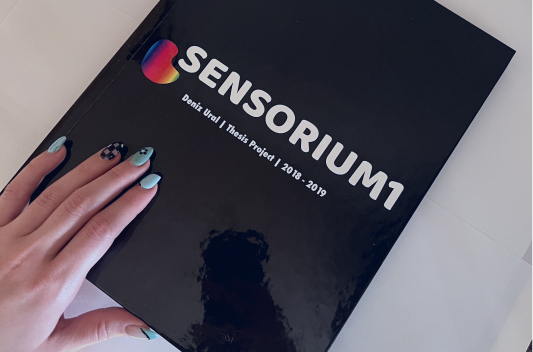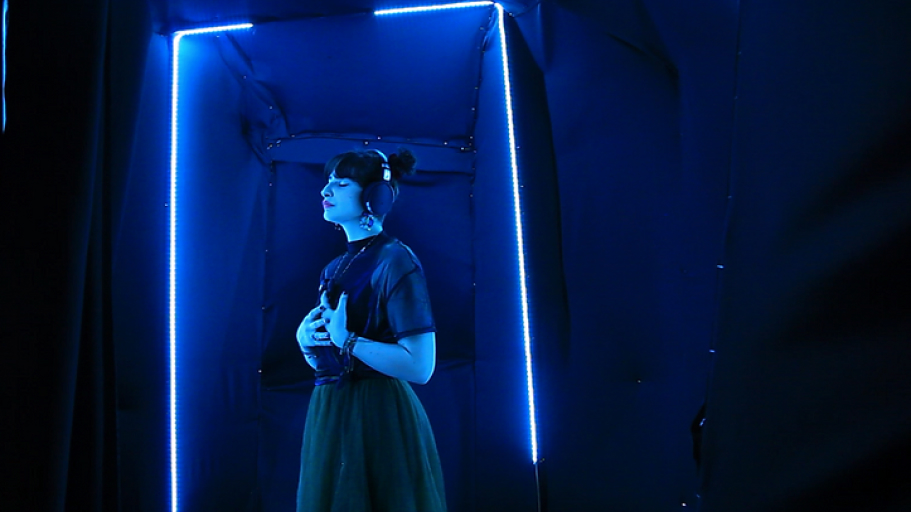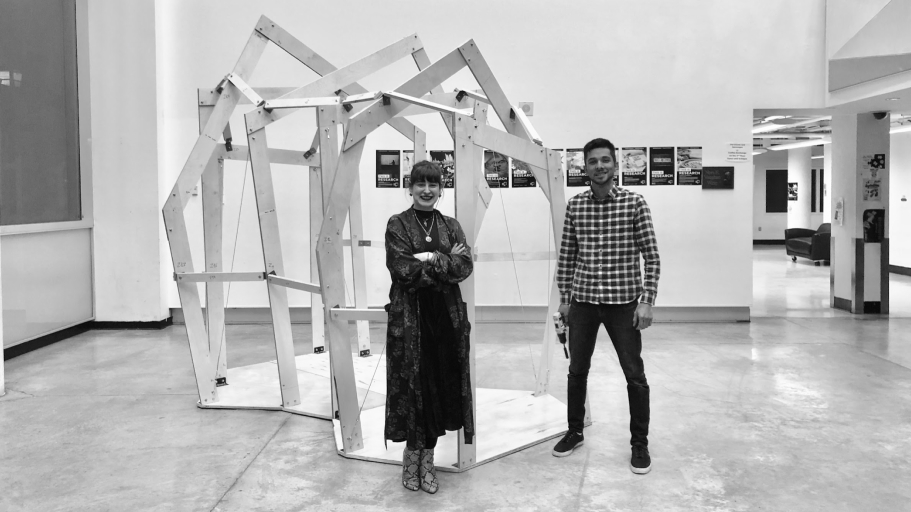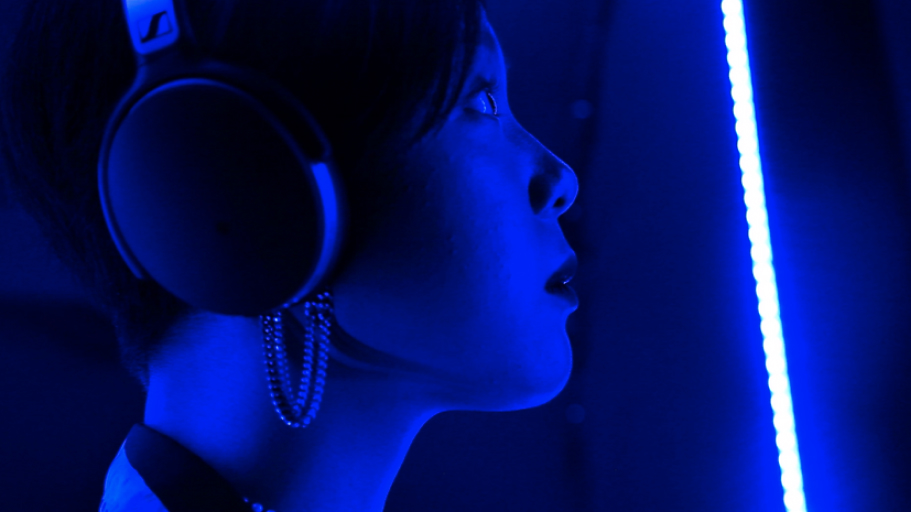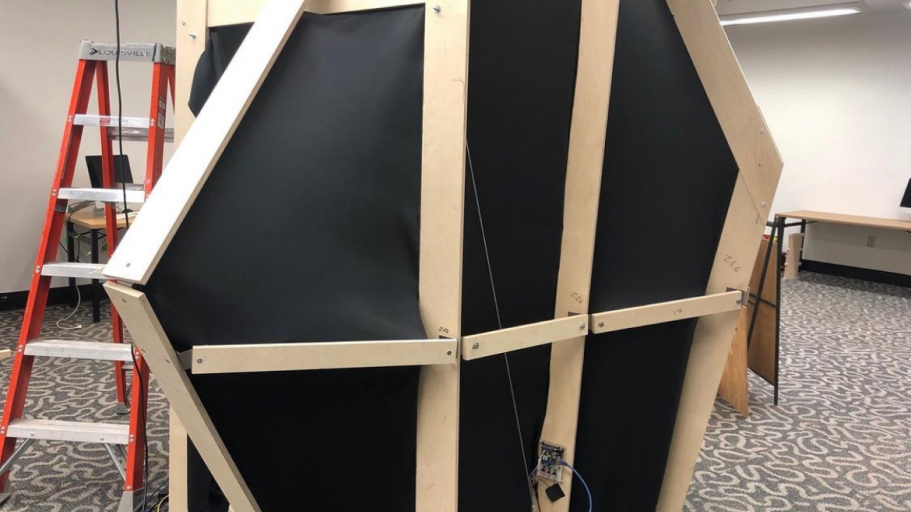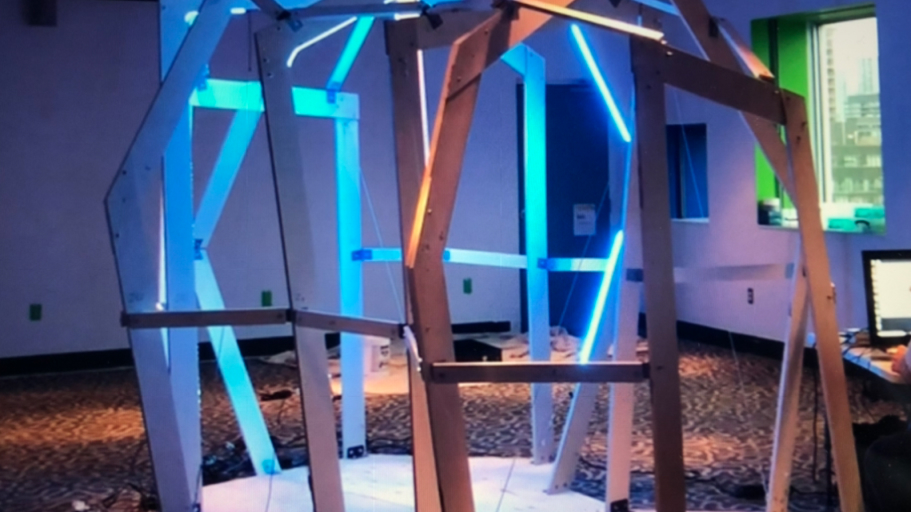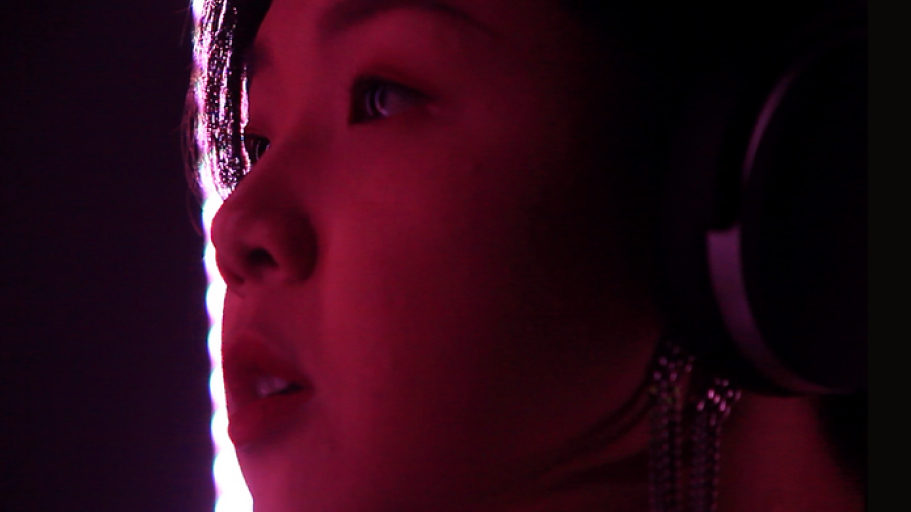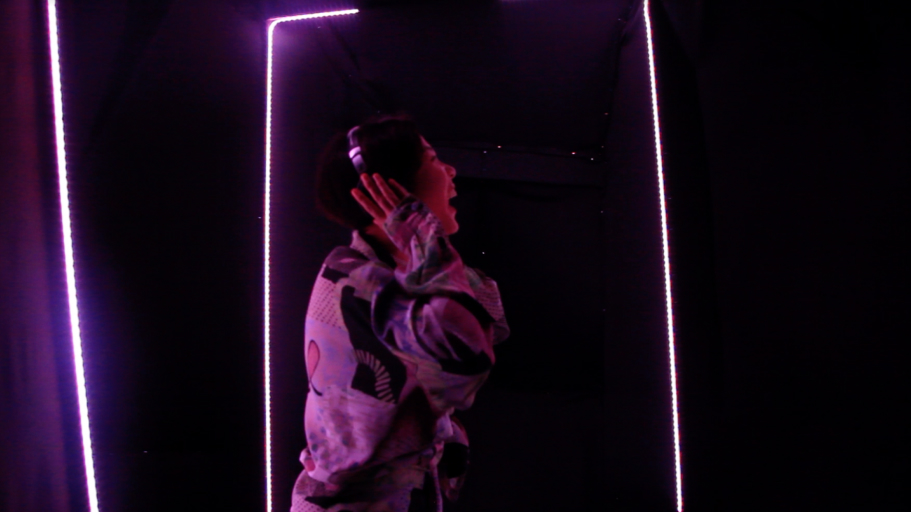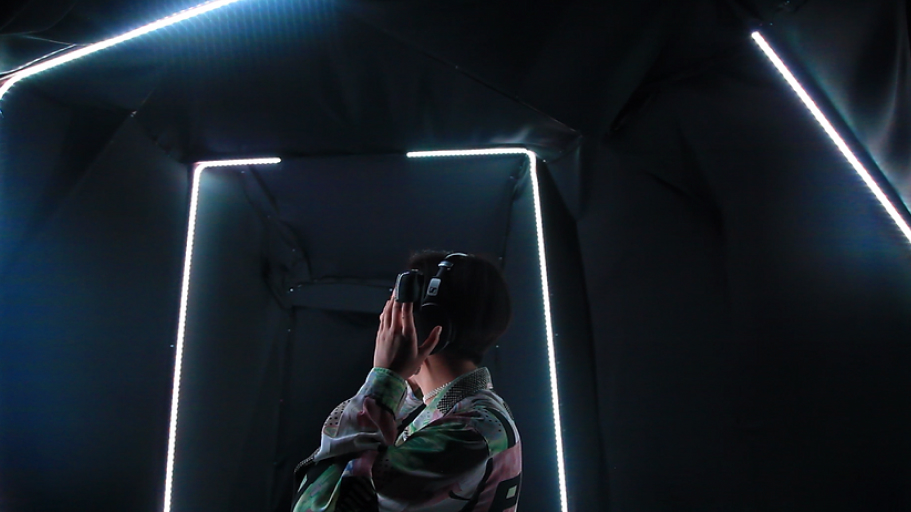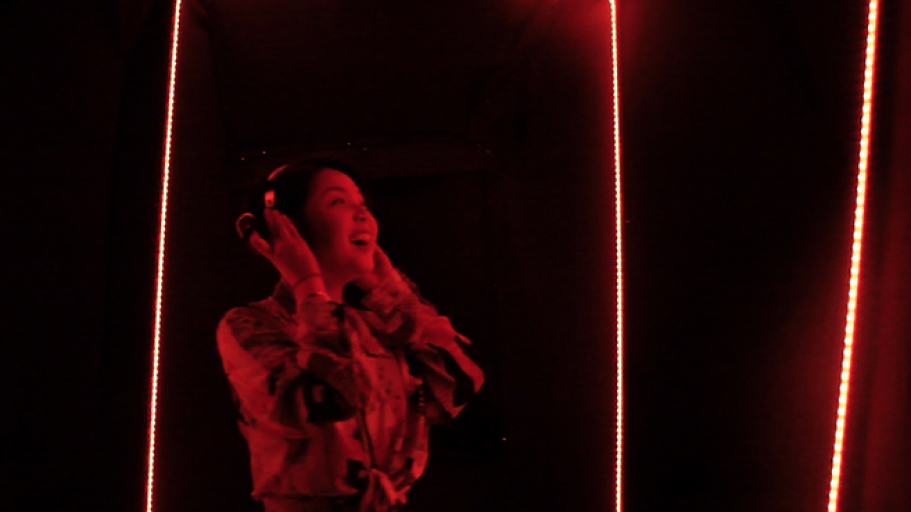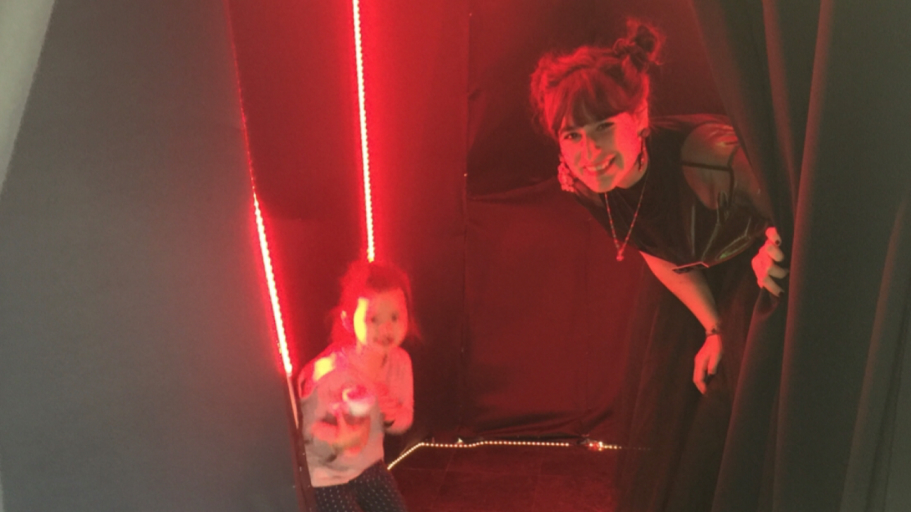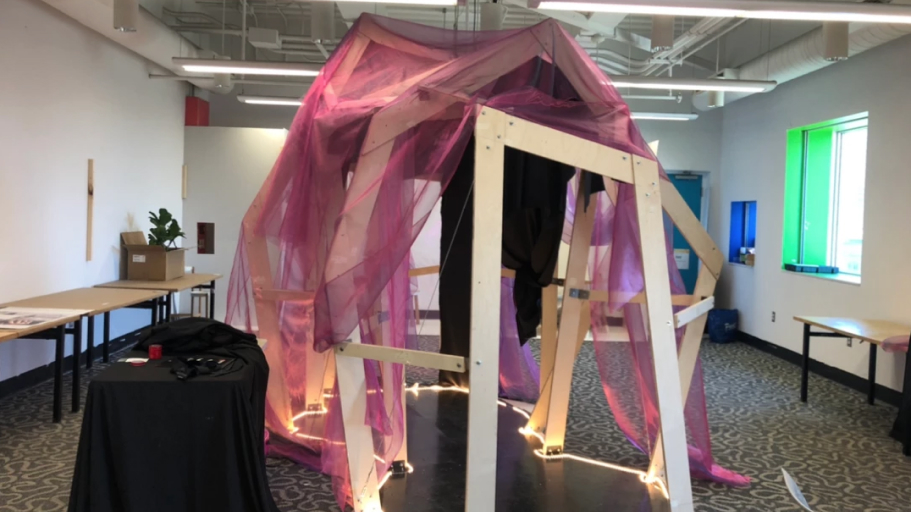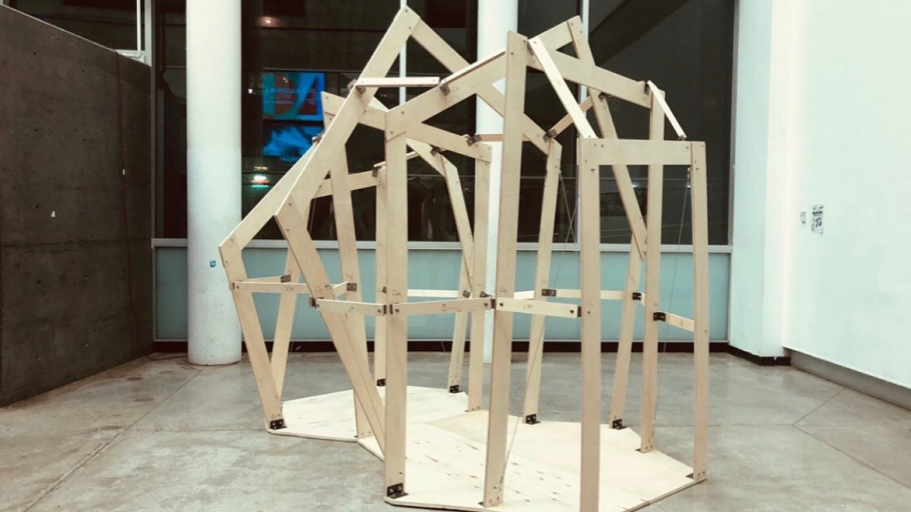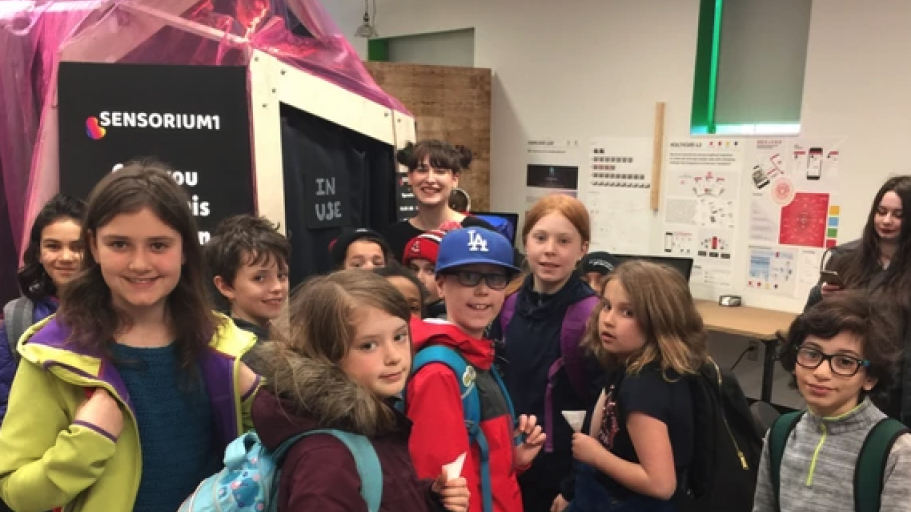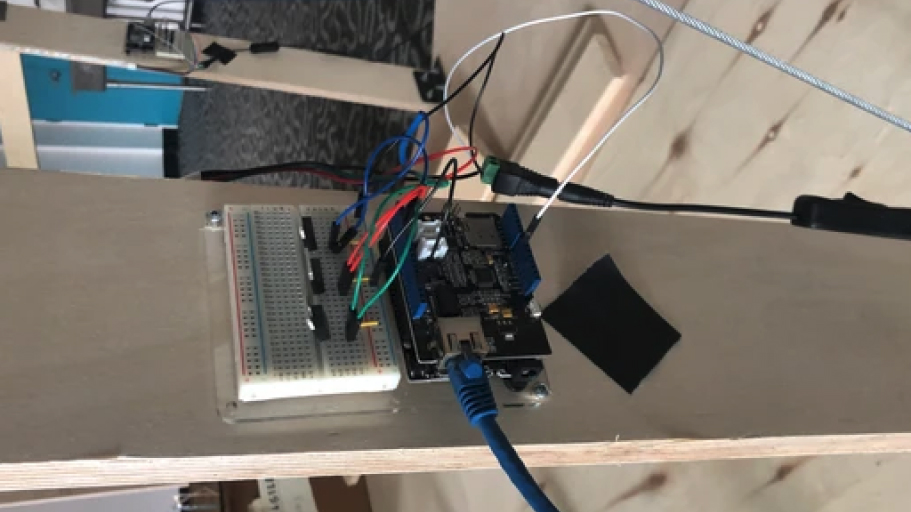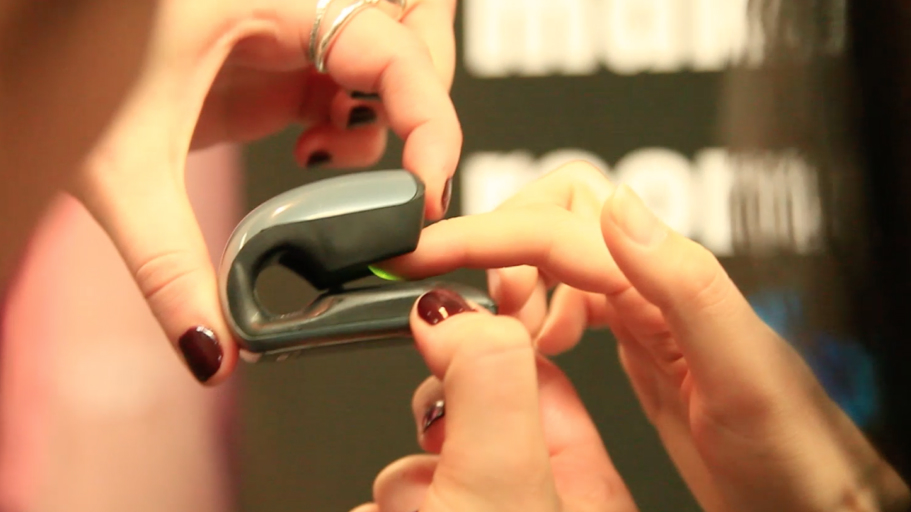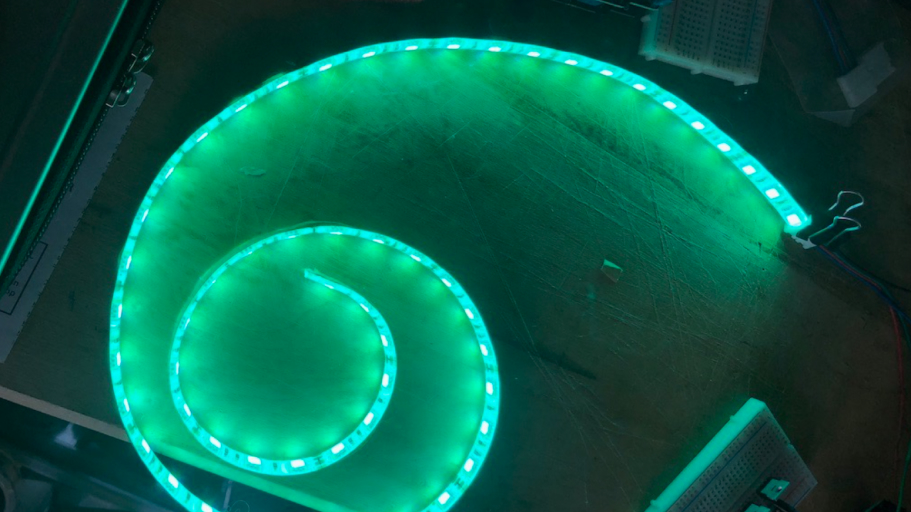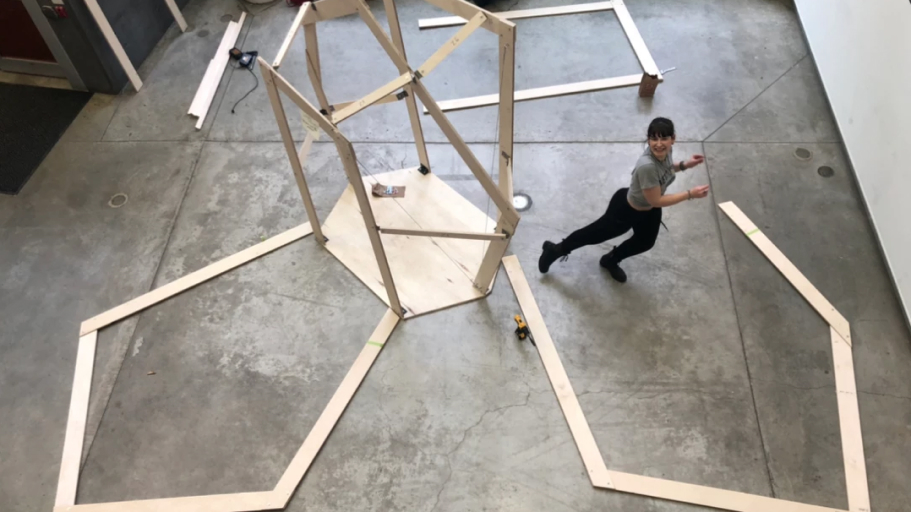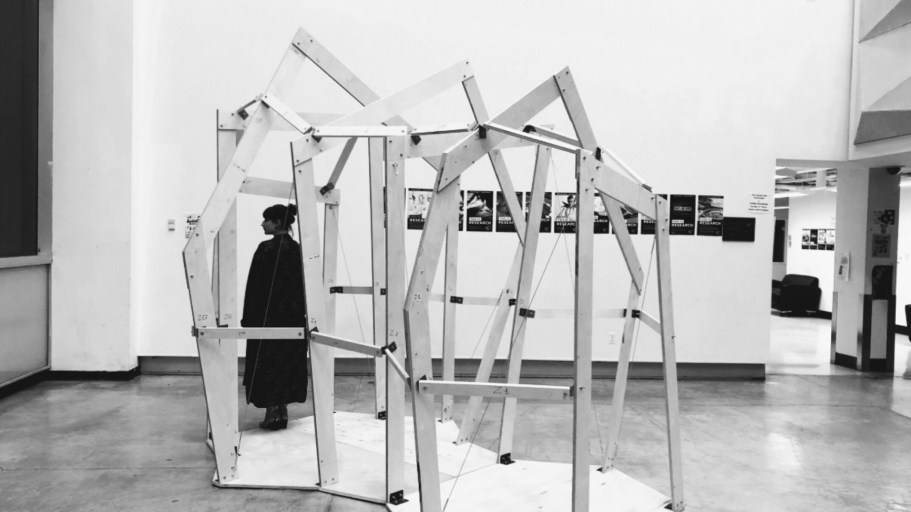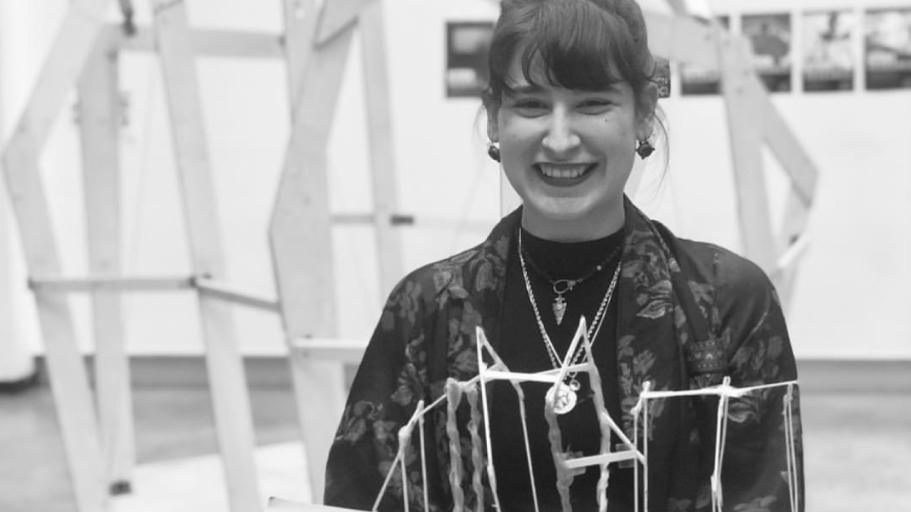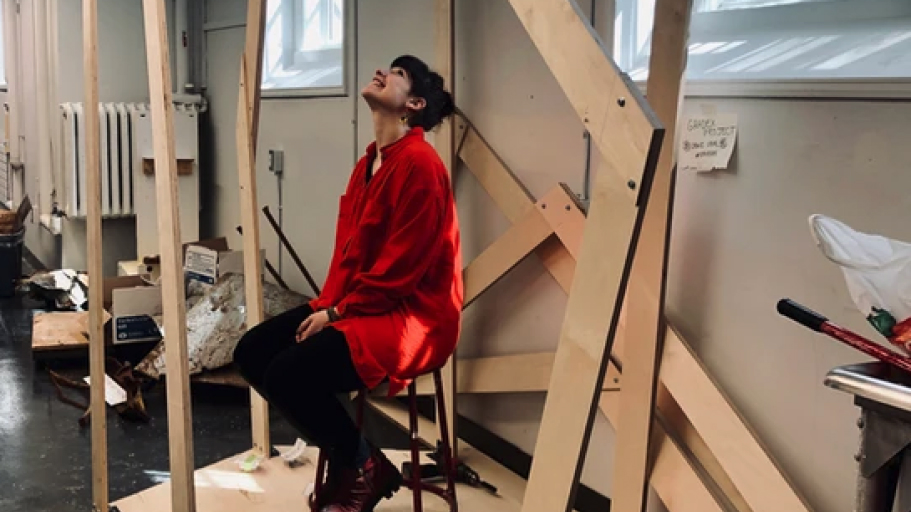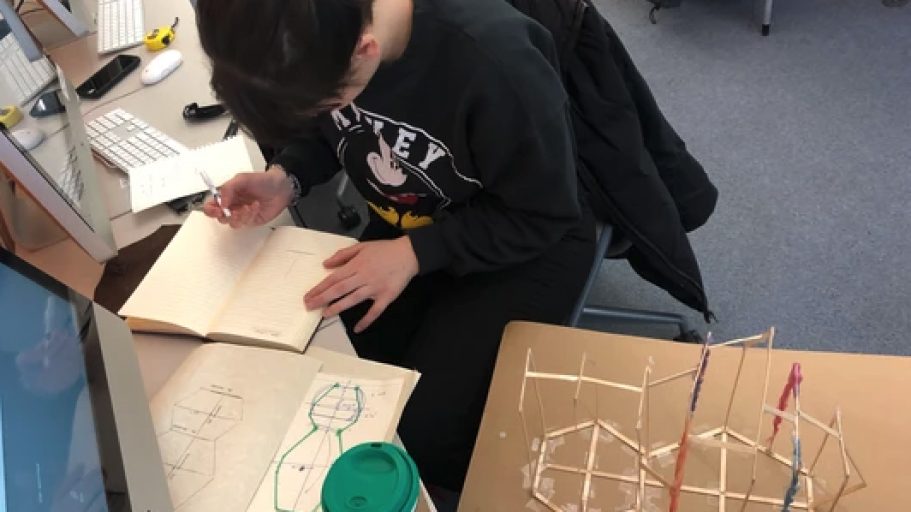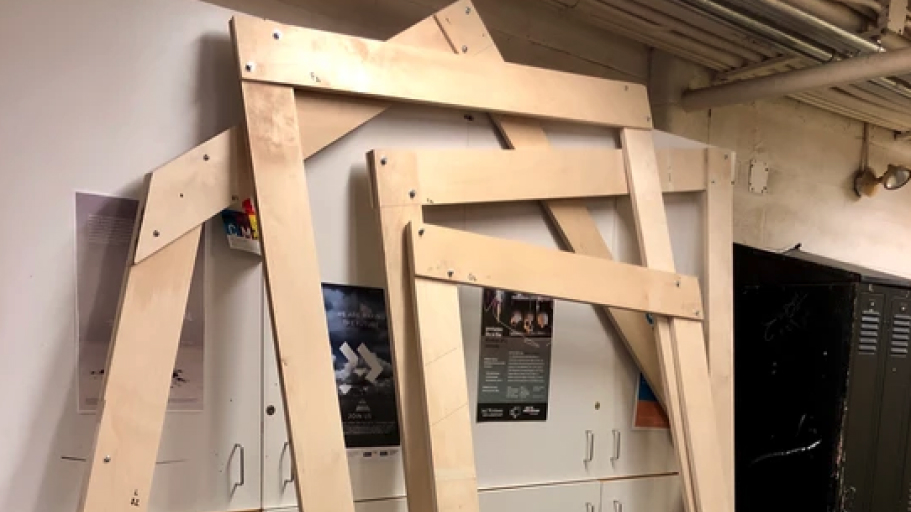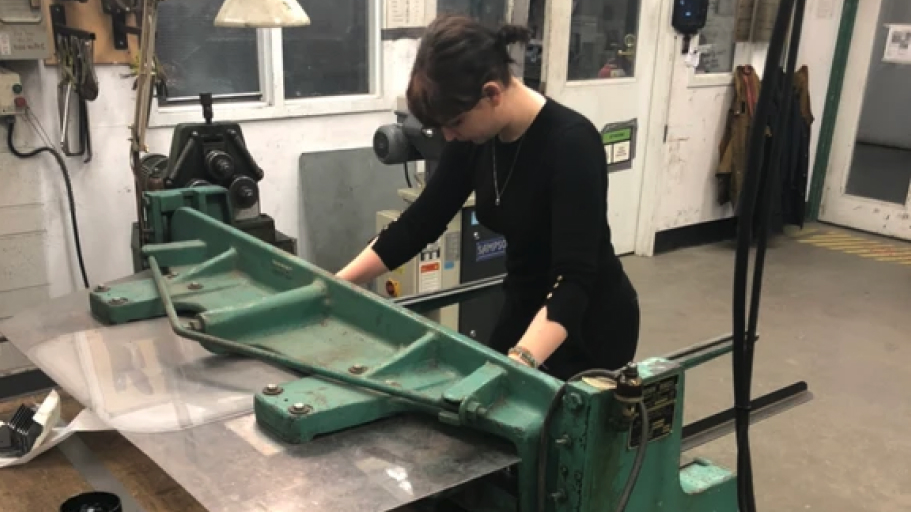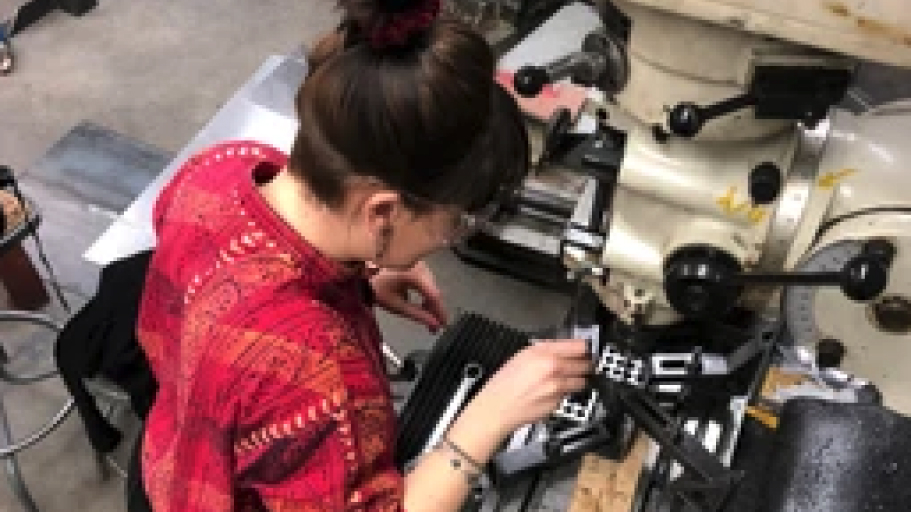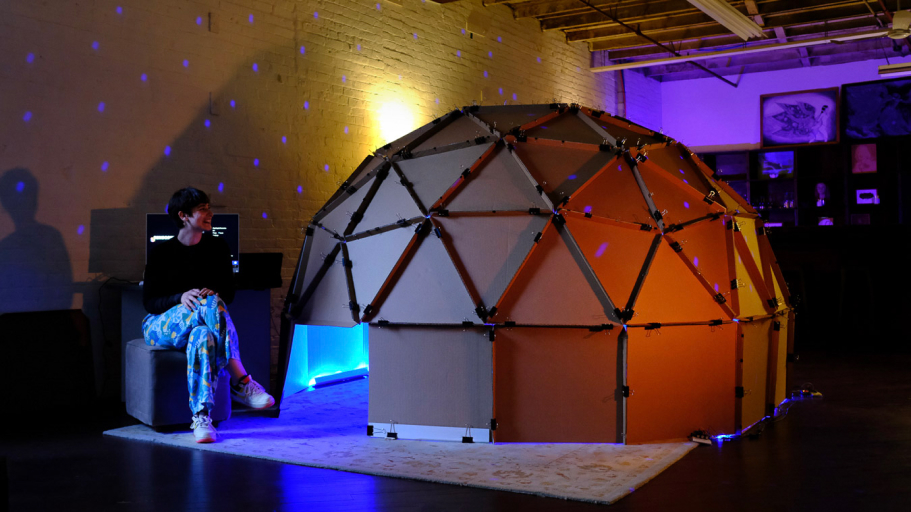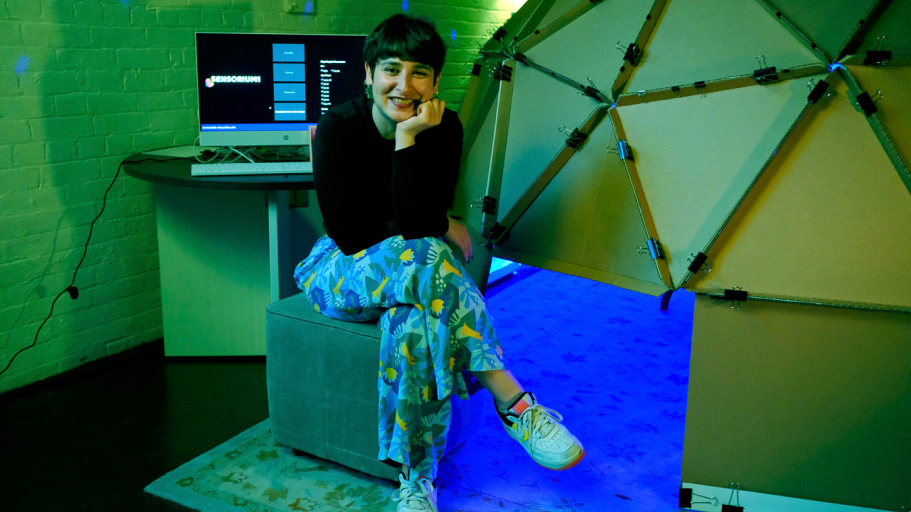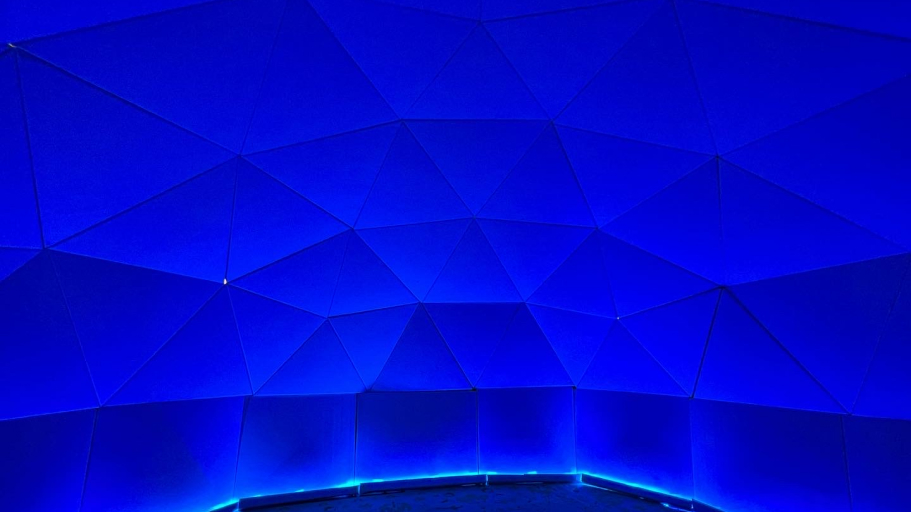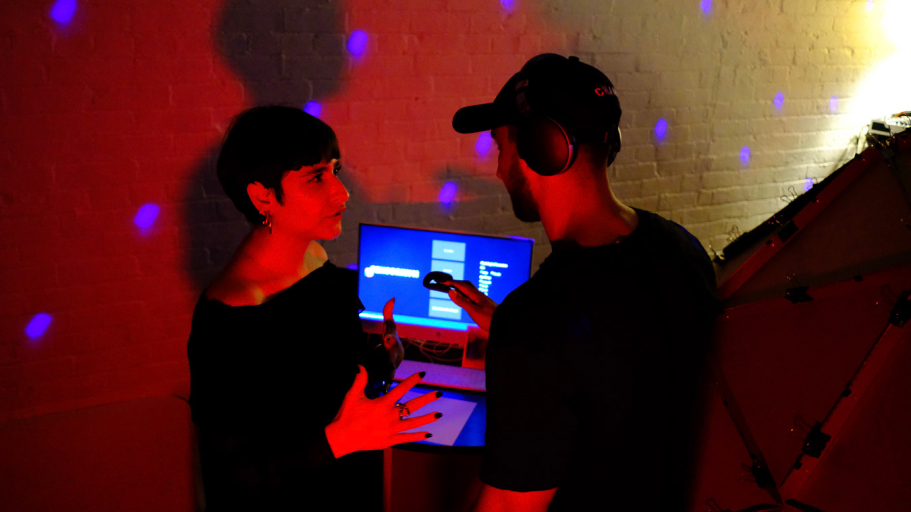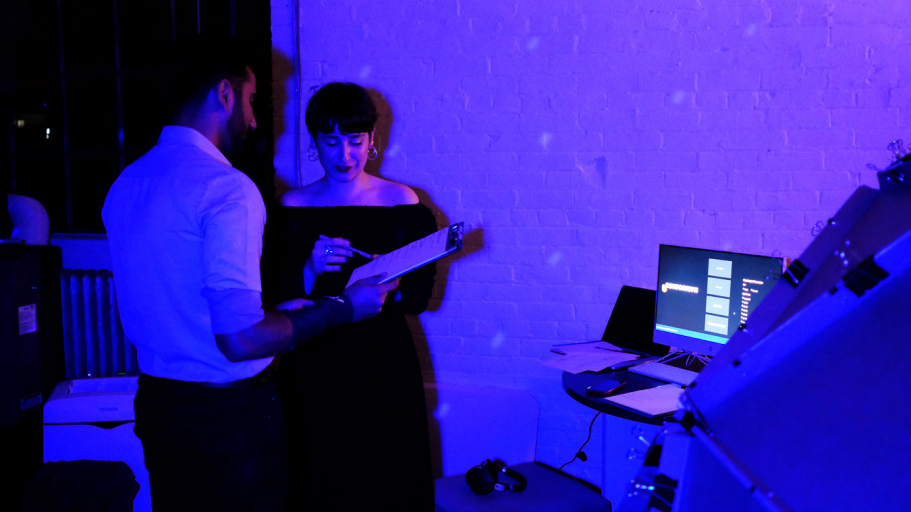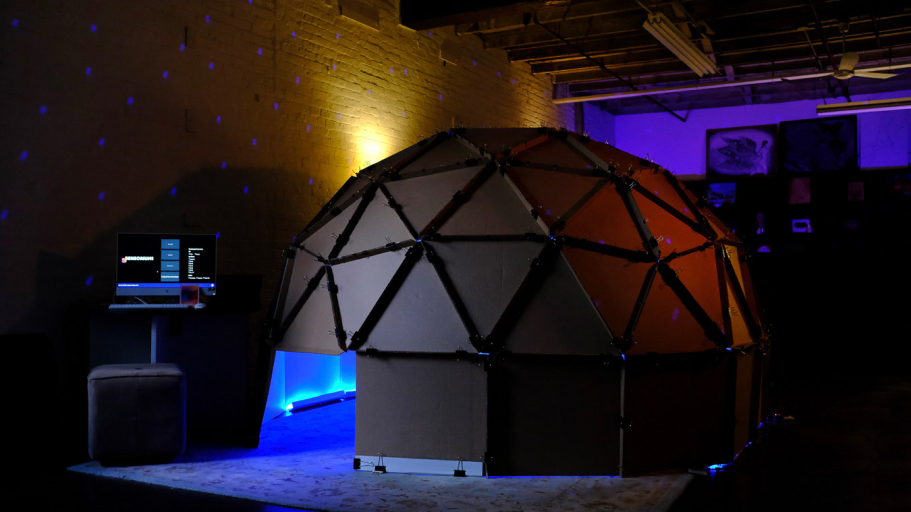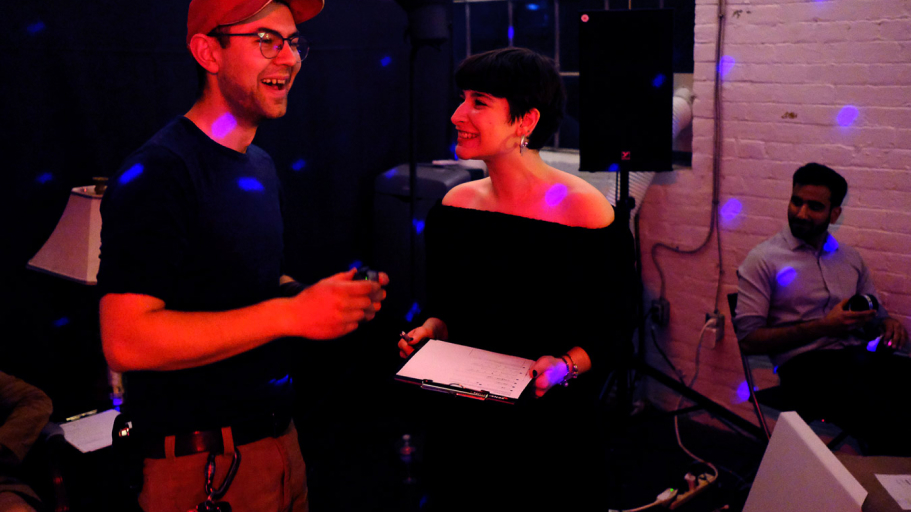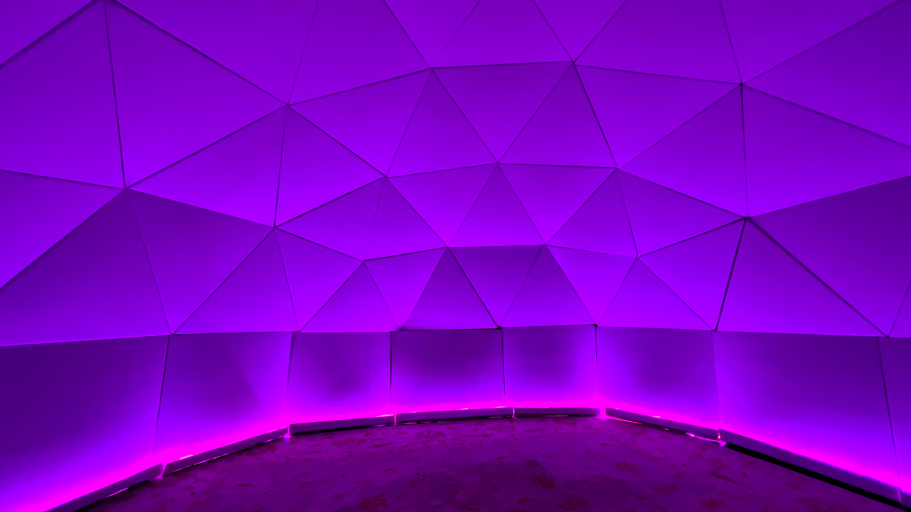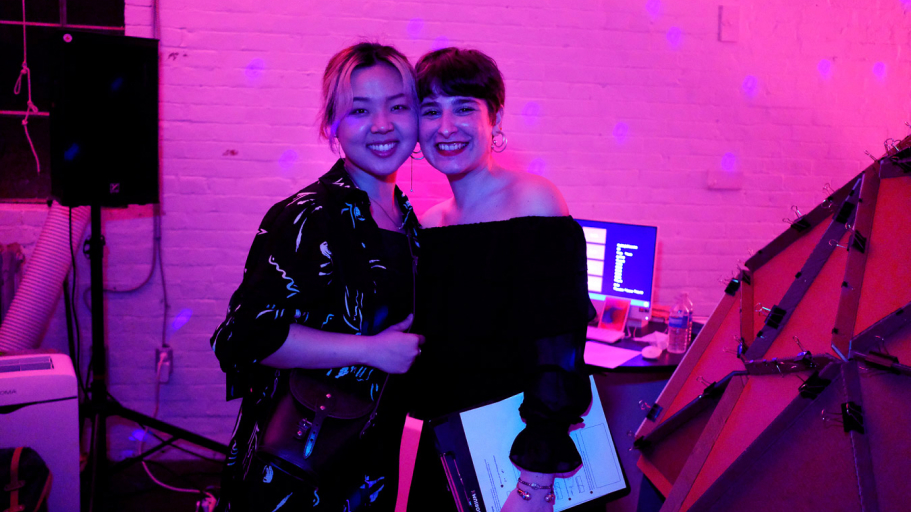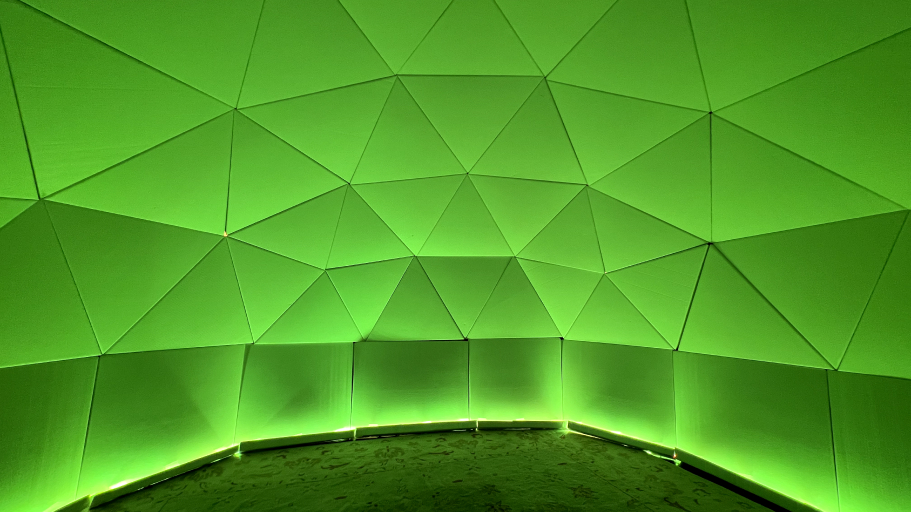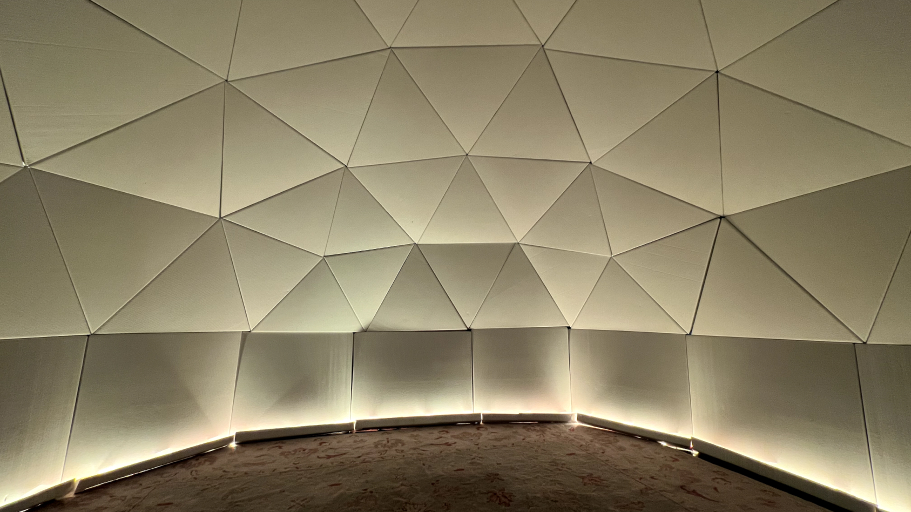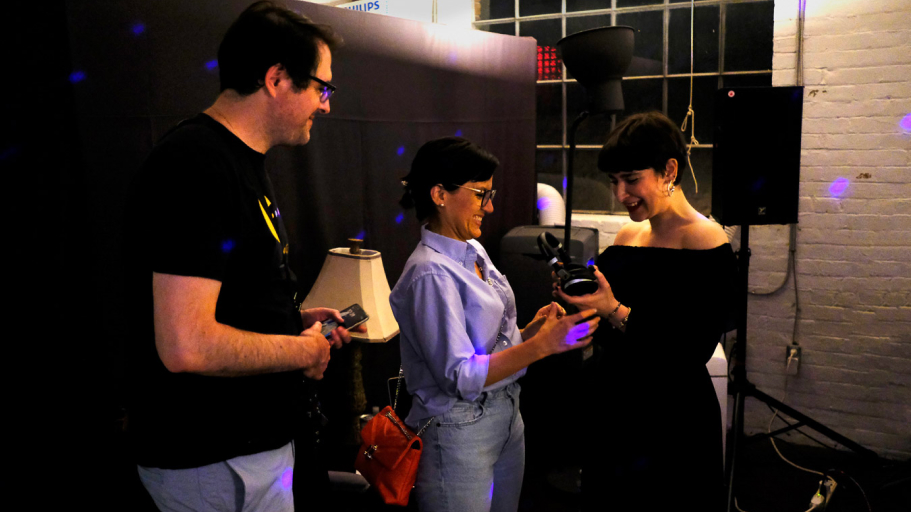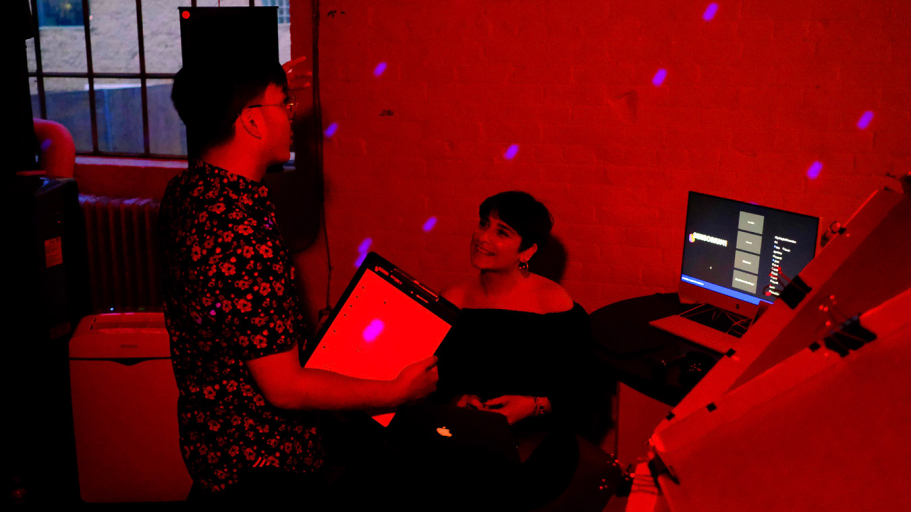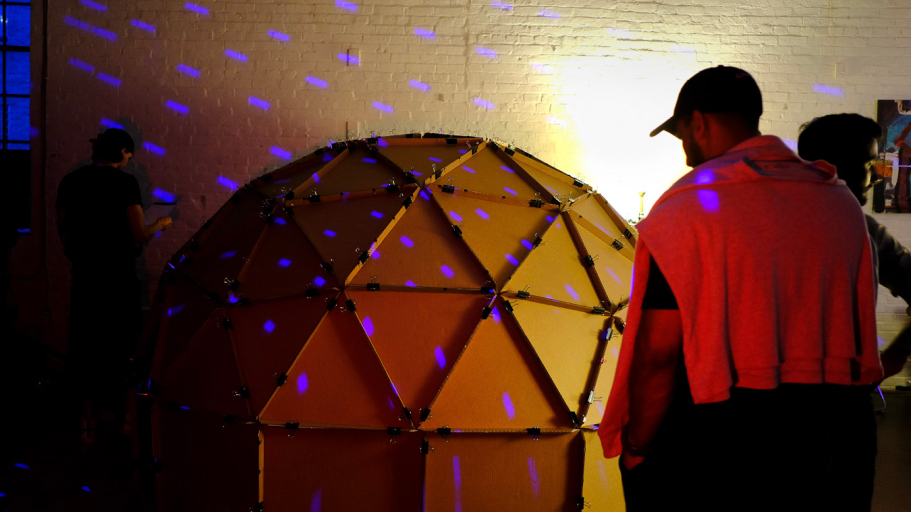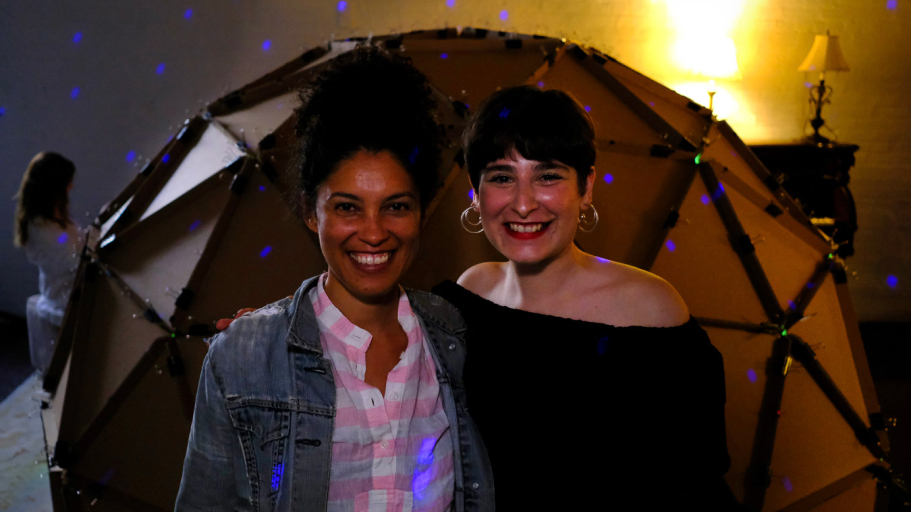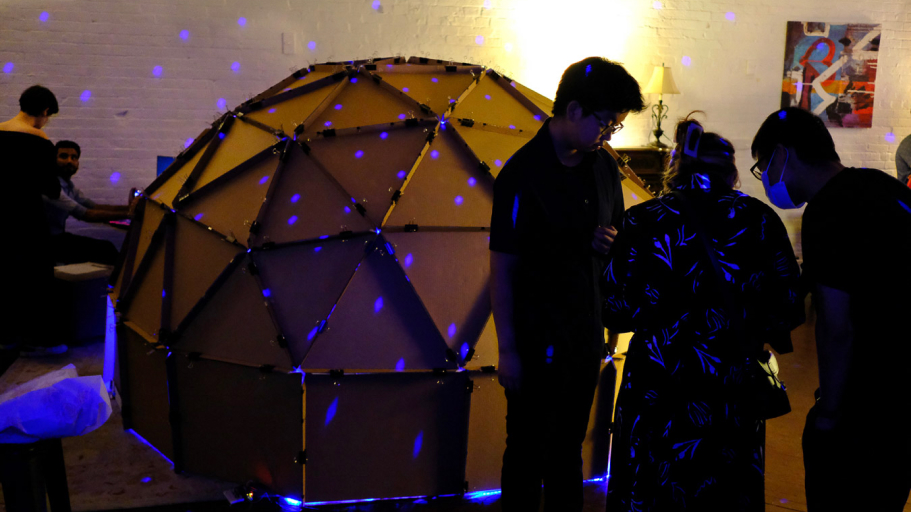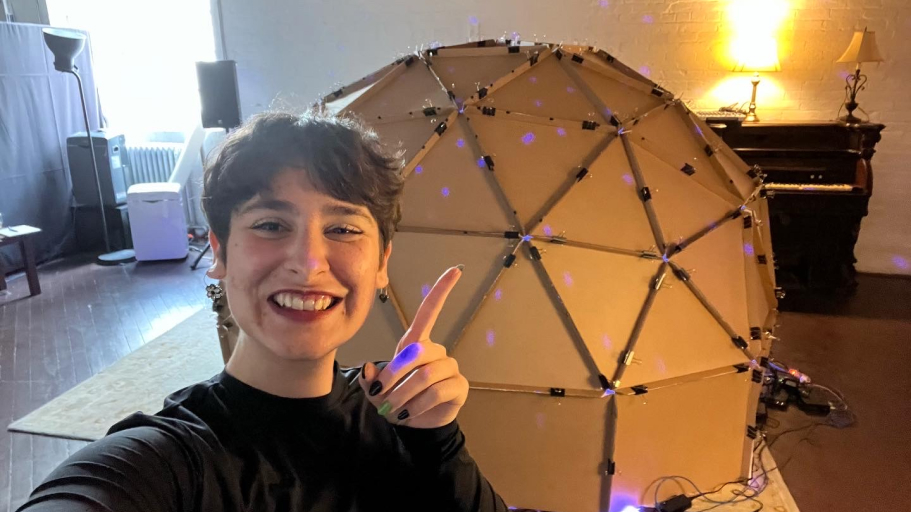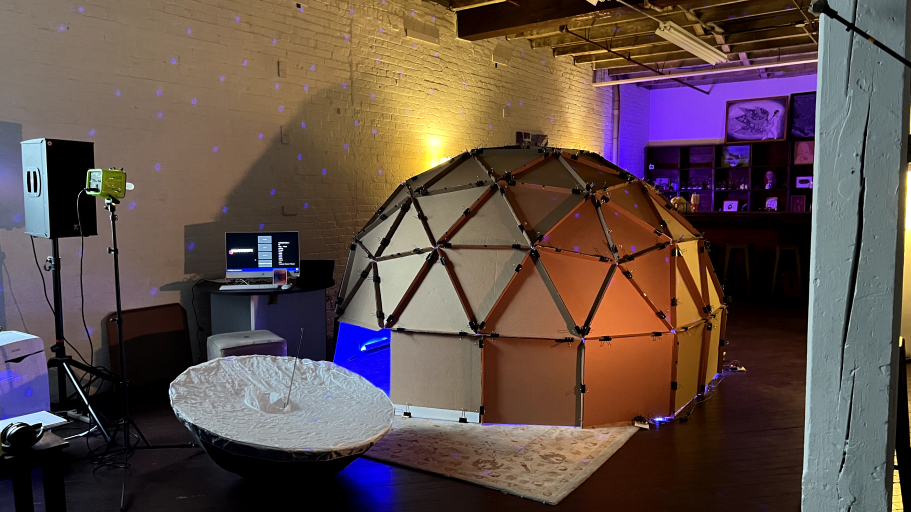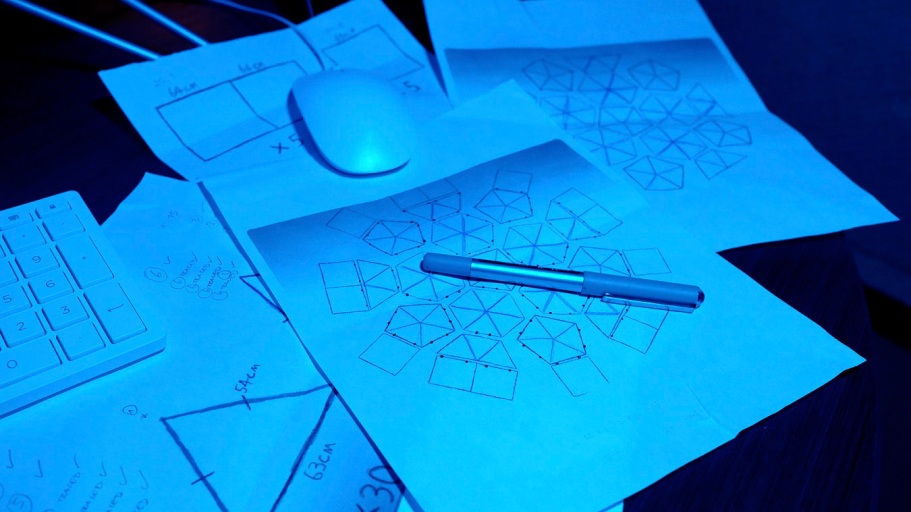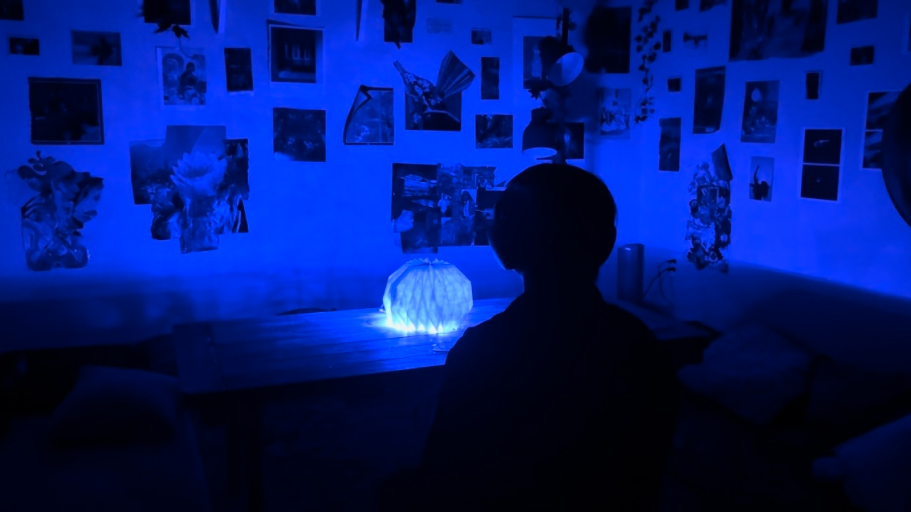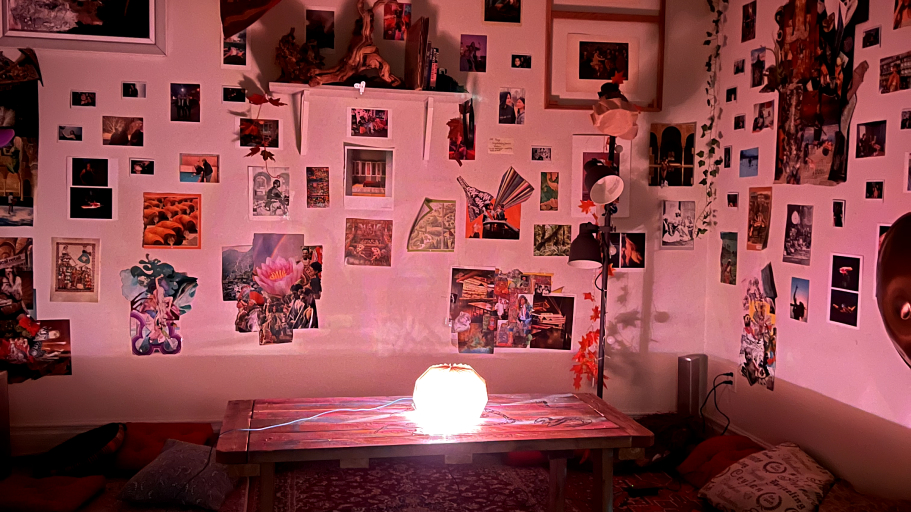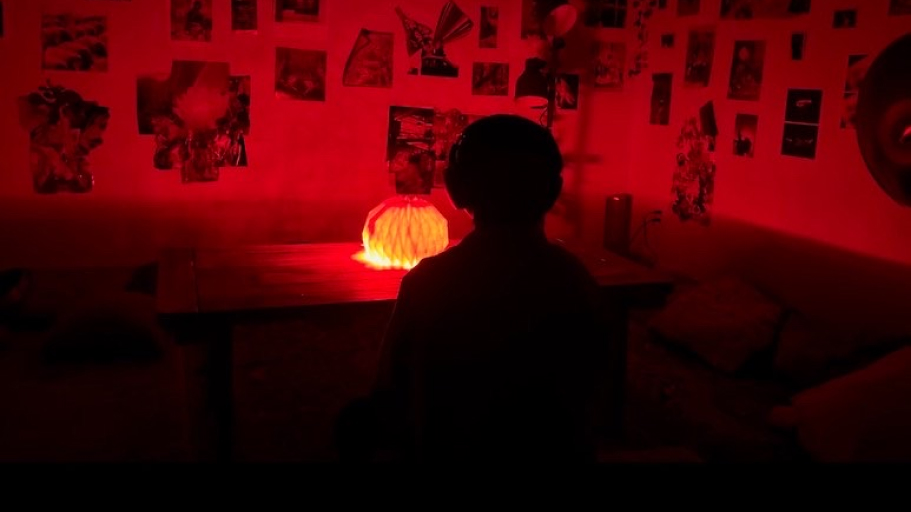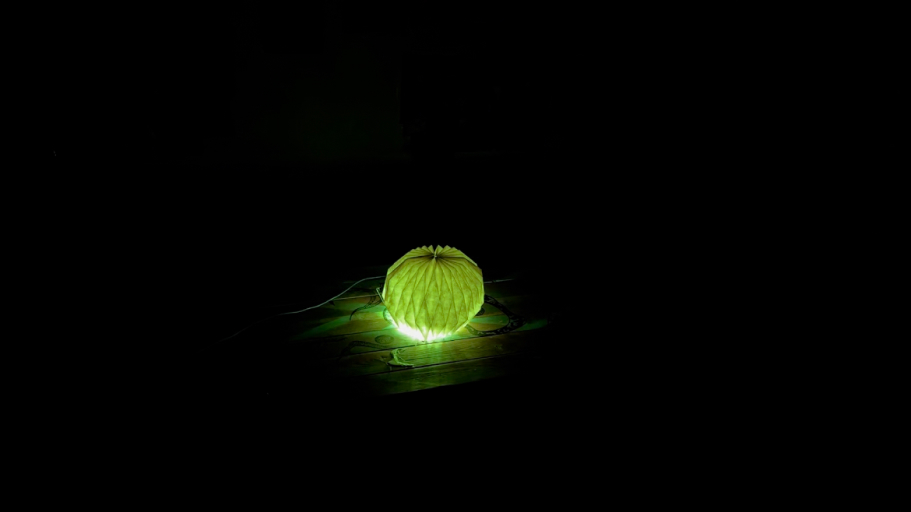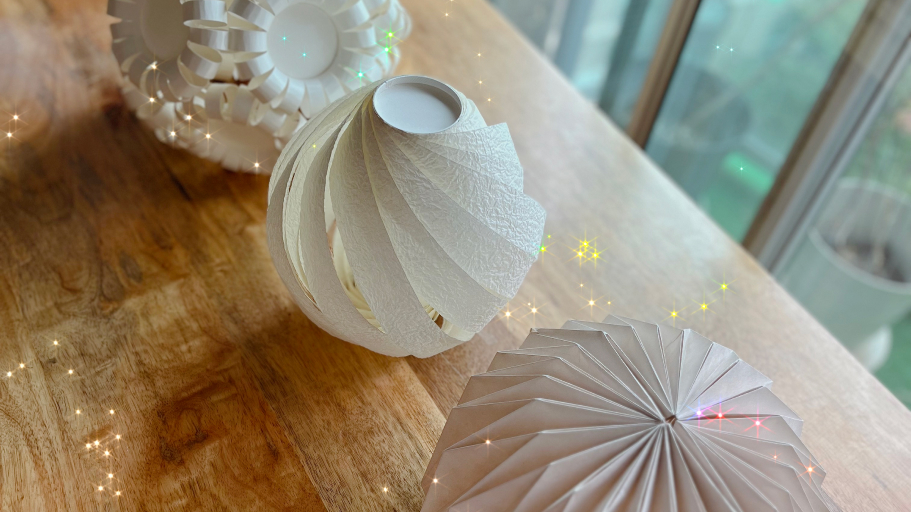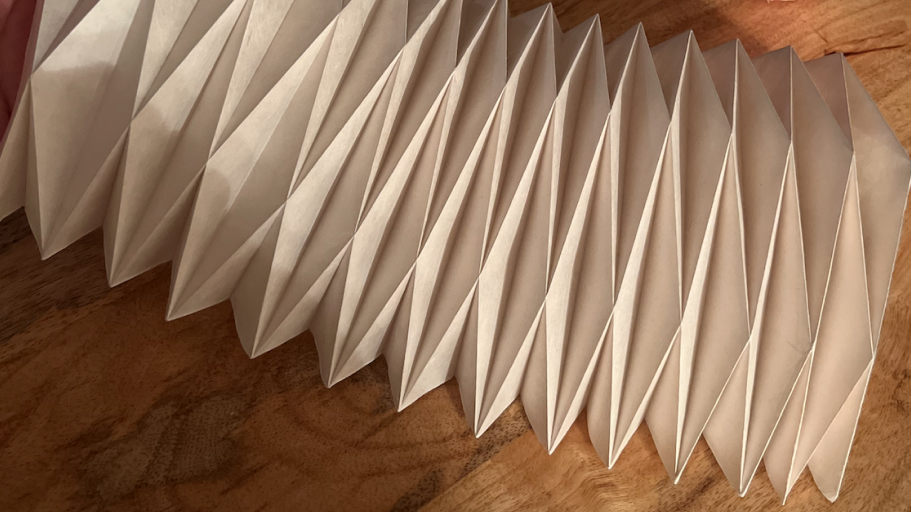Imagine this...
When you enter a space,
The space knows who you are.
This space has the power to transform your life by transforming itself in response to you.
If we can understand the power of this relationship we can enjoy every single moment.
Imagine this...
When you enter a space,
The space knows who you are.
This space has the power to transform your life by transforming itself in response to you.
If we can understand the power of this relationship we can enjoy every single moment.
Sensoria 1.0, 1.2 and 1.3
Sensoria consist of two interactive environments, Sensorium 1.0 and Sensorium 1.2, and one artifact, Sensorium 1.3, to observe the effects of biofeedback in an immersive environment on people’s stress and presence levels. Sensoria respond to an individual’s biometrics (HRV) in real time, using data collected by a pulse oximeter, and allow users to experience their emotions as lights and colors, offering an opportunity for introspection and a moment of presence to connect back to the body.
Sensorium 1.0 — 2019 Thesis project
Details
- Red Dot Design Award Concept Finalist 2020
- Asia Design Prize Finalist 2021
“I am in my early thirties now, and when I heard your voice telling me not to judge any sensations that I was feeling, I realized that I have been constantly judging myself and my experiences my whole life. I do not want to live like that anymore. Thank you, thank you so much for making me realize that.”
Sensorium 1.2 — June 2022
Details
“I think what is interesting about Sensorium, it forces you to ask yourself questions. It invokes introspection. I’ve focused on what I felt was taking me towards my blue, my blue being what I want my future to look like? Everybody’s blue is different. The unfortunate thing about the red, all of a sudden you have to confront your reds. You can’t really run and hide, like why am I red? You know exactly why you are red. The color is such a direct . . . there is honesty in colors, a truth. You kind of know what it means.”
Sensorium 1.3 — October 2022
Details
“I have realized that I have so much anger inside me. My friends tell me I am okay, but I know deep down that there is so much anger. This experience made me face that, and I need to deal with it. Thank you so much.”
How it works
Sensoria collect heart rate variability data (HRV) through a wearable sleeve and/or a pulse oximeter and allow users to experience it in real time. Simply put, HRV is the time interval between heartbeats, used by many researchers as a marker of resilience and behavioral flexibility.
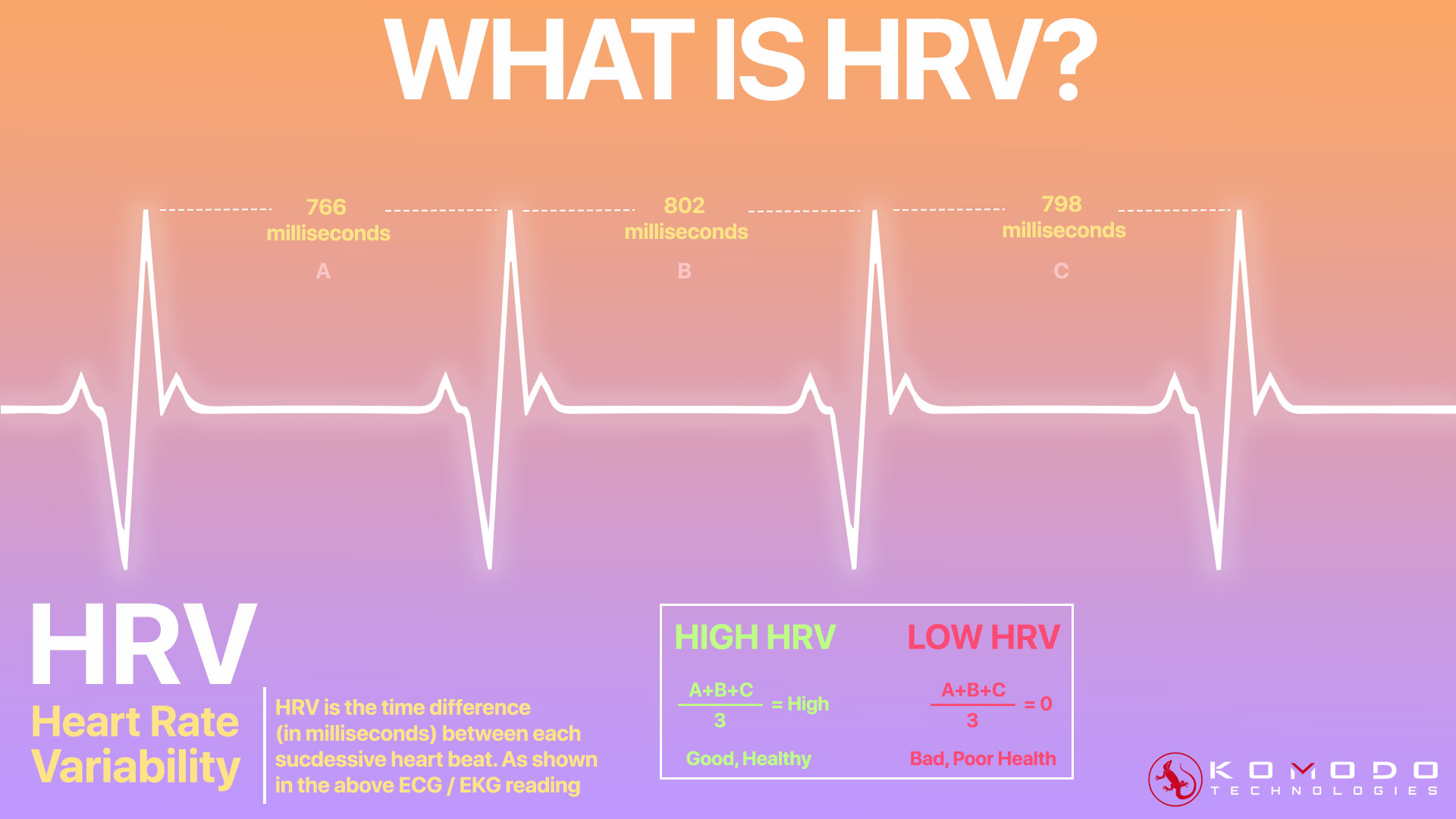
Before the user enters the space, they receive information about what is going to happen, then receive noise cancelling headphones and the pulse oximeter or wearable sleeve. Once they enter the space, they are guided through a body scan meditation superimposed with ambient sound for two minutes while the space is dark. Once the body scan meditation is over, the audio continues with with 80 Hz in one ear and 100Hz in the other, which creates binaural beats in the gamma frequency to allow the brain a state of attention and focus. Then, the LED lights turn on for the remaining two minutes of the experience. The user could then see their pulse as flashing lights and their emotional states (HRV) through different colors in real time. If they see colors on the blue end of the color spectrum it means that they are calm, and if they see colors on the red end, it means that they are either excited or stressed. The user can completely transform the space by listening to their bodies.

Calm & Mindful
Excited & Stressed
Technical process
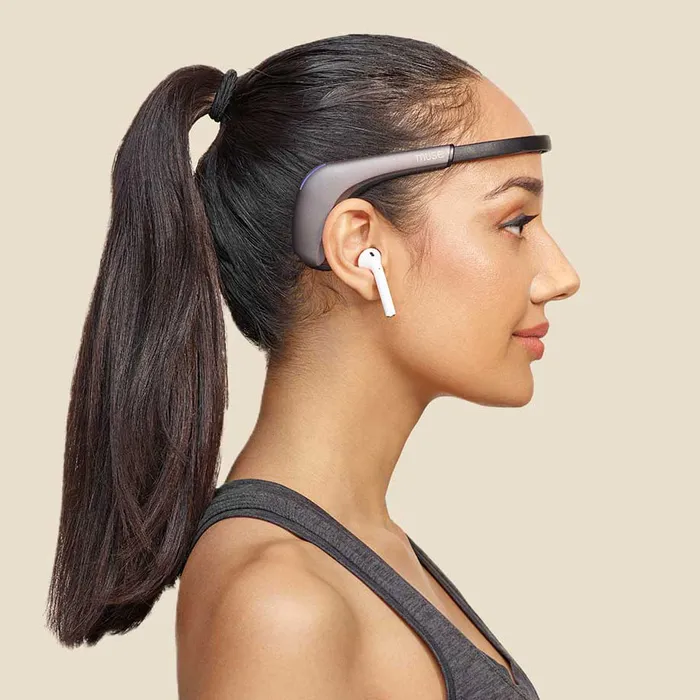
EEG data (MUSE2)

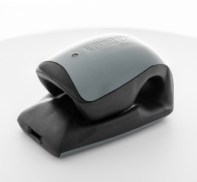
HRV data (Corsense)

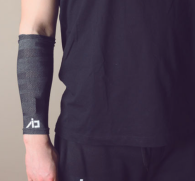
HRV data (Komodo Sleeve)
Through experiments with EEG data and MUSE2, it was clear that within the time limitations brainwaves were too complex of a data stream to work with.
Looking into heartbeat data as for our input, we've had software compatibility issues with MUSE2. We started to consider other products for the collection of biofeedback.
After further research, we came across another data input: heart rate variability. Heart rate variability data is different from the basic heart rate. This data measures the time variance between heartbeats and indicates more about the physiology of a person and how much their breathing is in tune with their bodies.
While still looking into other products, we found Corsense. This device is compatible, easy to use and collects heart rate variability. Corsense worked fine however it got discotinued and the data stream was not entirely accurate because it was very finicky. experimentations were done with a different wearable to collect HRV called Komodo. This product allowed for more accurate data collection; however, poor connectivity issues hampered its use. Because the sleeve is more comfortable and less intrusive, work is ongoing to solve the connectivity issues for future versions of the Sensoria.
The Community
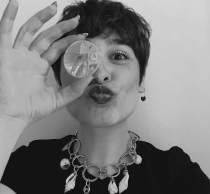
Deniz Ural
Founder, Designer, Researcher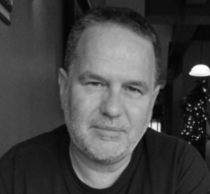
Dr. Steve Karpik
Computer Scientist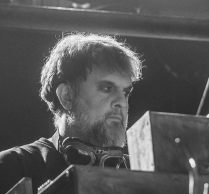
Oguz Kaplangi
Sound Engineer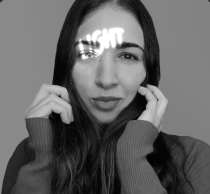
Katia Kolovea
Lighting Design Consultant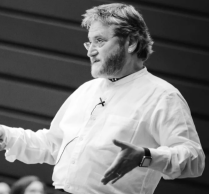
Alexander Manu
Mentor
Dr. Alia Weston
Mentor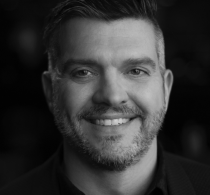
Matt Di Paola
Mentor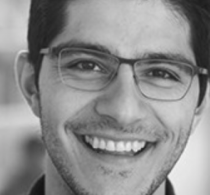
Hesam Masoumi
Mentor
WE ARE ALL ONE
There is magic in everyday life
I call these moments mini performances. They are experiences that appear and disappear in a second like unique and fleeting light reflections. These moments create a trail of wonderment and trigger curiosity in us.
Imagine you are on a rooftop, all of a sudden you see a bubble floating, a single bubble. That is a mini performance. Or when you are walking outside with your headphones on, listening to a piano song, and as the last note hits, it slowly starts raining.
The world is filled with mini performances and life is a playground.
It’s about
Discovery
I once saw a baby observing his hand as if this was the very moment he realized it was his own. He looked it over and over with astonishment, pupils dilating. I thought to myself, at what point in our lives do we lose the sense of discovery and amazement?
Sentient and responsive space experiences have the power to remind us to look at ourselves and our surroundings with this same sentiment. They allow us to discover ourselves in a new light, within spaces that become an extension of us, reflecting our beings, thoughts and feelings.
This philosophy is an opportunity for designers to create new behaviors and interactions for both spaces and humans.
What is wrong with you?
Some of us believe that there is something inherently wrong with us, but there is nothing wrong. I want to create spaces where everyone can freely and fully vibrate in the frequency of their own beings.
A future of values
The world is suffering from a loss of values. Social media and consumerism have changed our culture and our values. We are accustomed to replace everything we own very quickly, sometimes even our relationships. Instead of wanting more and more, we should be grateful for what we have at this exact moment and learn to be content with it.
The less meaningful relationships we have, the less connected we feel. When we disassociate, our sense of time and space are separate from everyone. The more we lack connection, interaction, discovery and purpose, the more problems like loneliness and depression will keep being on the rise.
I envision an inclusive future full of connection, full of love and kindness, full of magical moments, full of healing through dance, music and lights. I am ready to work hard with my endless passion to transform people’s lives through transformative space experiences like Sensoria.
Experience
The value of designing experiences will be more important than ever in the future.
As automation is taking over, we have more time to understand what life is about. This is living in the moment and sharing.
The future of experience is innovative, sentient and transformative space experiences that allow humanity to reach collective elevation.

Mindfulness
Holistic awareness is an integral part of experience. We are meant to live in our senses, not in our heads. Once we are present in our bodies, our minds and our spirits, we are ready to experience something fully.
Self-consciousness is one of the things that pulls us out of a moment. By practicing mindfulness, we can learn to allow ourselves to be seen and to be vulnerable without letting our fears guide our lives.
Through teaching mindfulness as a way of experiencing, people’s sensory awareness is maximized to absorb the full effects of a moment.
Research Questions
Philosophy of Audience
- How can we make the audience ready/open/present before an experience?
- How can we design the entry point to maximize engagement?
- How do we reach collective synergy?
Spatial Metamorphosis
- How can we make a space both inclusive and exclusive at the same time?
- How can we transform people’s lives by transforming a space?
- How can a place be a metaphor for a feeling?
Orchestra of Sensations
- How do colour, light, sound,music and visuals affect people?
- What is pleasure?
- What is the link between health, well-being and sensory stimulation?
Eudaimonia
- How does sensory experience affect our wellbeing?
- How can experiences be used as a treatment? Prevention? Prescription?
- What is the place of sensory stimulation in the process of healing?
Performative Tech
- Will experiences have greater business value?
- How will new interfaces shape our realities and our experiences?
- What does a live performance mean? How will that transform through technology?
Bending Reality
- How will the reality change in the future?
- How can we bend the perception of reality with technology?
- Will the multitude of distorted realities change the way we perceive life?
Architecting Feelings
- Can technology be used to enhance emotions?
- How do people feel before/during/after an immersive experience?
- What is the effect of momentary feelings on our overall mood?
Body as Interface
- What does it mean to be present and absent?
- What is the potential of the human body?
- How can the potential of the human body be maximized through technology?
True Spirit
- How do rituals make us feel?
- What difference do they make in our daily lives?
- How much are they related to our subconscious mindsets?
Framework of NOEMA
- What is real? What is experience?
- How can sentient spaces change the way people see life and themselves?
- Are all experiences clouded by our apperceptions?
Improvisation
- What value does improvisation add to a experience?
- What is the place and value of improvisation in performance, in life and in business?
- What are the different effects of a planned vs improvised experience?
The Meaning of Everything
- How can sentient spaces change the way we see/shape/shift our realities?
- Are sentient spaces a universal need?
- Why do you live if you do not feel alive?
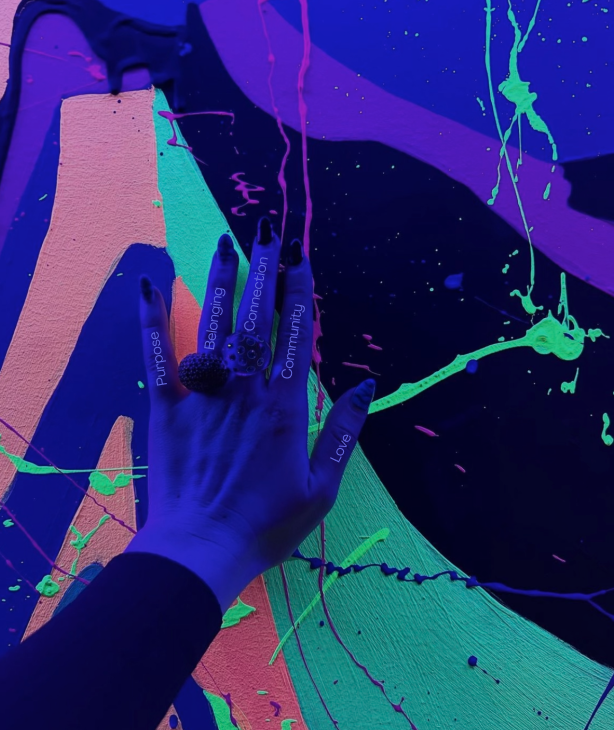
No matter where we come from, no matter what our realities are, we all need love, the sense of belonging, community, connection and purpose to have a functioning, healthy and balanced life. Sentient spaces, like love and kindness, will play a big role in healing our world.
We are sentient beings and we need to live within systems that recognize that.
Performance is a universal need and it is interrelated with every aspect of life. Our natural calling for rituals, dance and music remains consistent throughout history, regardless of where we are in the world.
Sensory experience is what keeps us connected with our surroundings, ourselves and others.
Sentient and transformative space experiences have the power to unite and connect people. This will be the beginning of healing our world, one step at a time.
We do not exist without spaces and spaces do not exist without us

This is a relationship.
Healing our world
Imagine that we live in a world where people feel deeply connected to themselves and to their surroundings. Imagine a future where instead of taking medications, we are prescribed experiences. Imagine that we can prevent and treat diseases with experiences.
Our understanding of health must change on a fundamental level by reaching a more holistic approach. Our spiritual, mental and physical states are all interrelated. This understanding is the beginning of collective healing, it is a chain reaction in the process of healing our world.
A giant hug
Imagine that you receive the biggest hug you could ever receive from a space.
Sentient and transformative space experiences will allow people to share their own worlds without them explaining it. This philosophy is incredibly powerful because it gives people the sense that they are making a difference and that their existence is meaningful and impactful.
This philosophy is not limited to physical space, nor a single outcome.
Distancing
I have added a what I call a “distancing phase”” at the beginning of the experience. This phase distances the audience from their daily lives and ensures that when they enter, they can enter fully present physically and mentally. A distancing phase can have many forms ranging from a meditation session, to a quiet staircase, to a long tunnel or hallway. In the case of Sensoria 1.0, 1.2 and 1.3 the distancing phase is a two minutes body-scan meditation.
The stronger the responses of the spaces are according to their audiences, the stronger the relationship will be; which will remain the audience present in that moment.
Exemplary experience map

